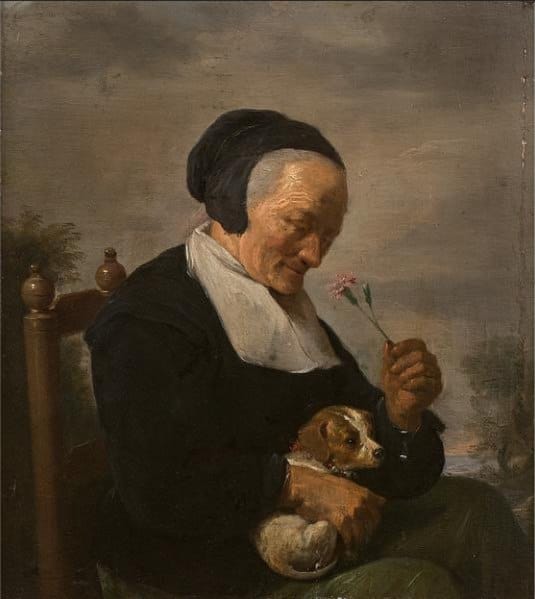Scent in Art
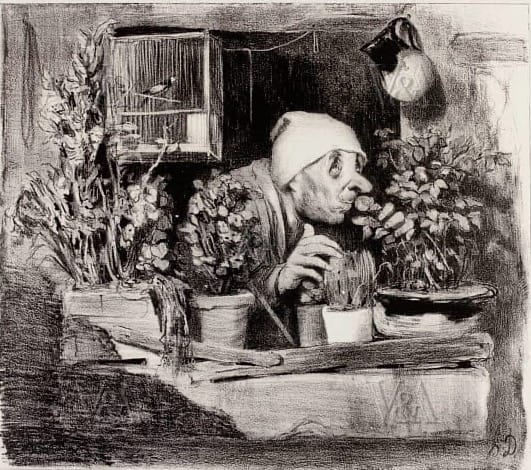
Imagine you are in charge of an art exhibition and many of the paintings show flowers. Perhaps a woman is sniffing them; it's a pre-Raphaelite painting. How would you make this more appealing to general audiences? You might consider having flowery scents wafting through the gallery.
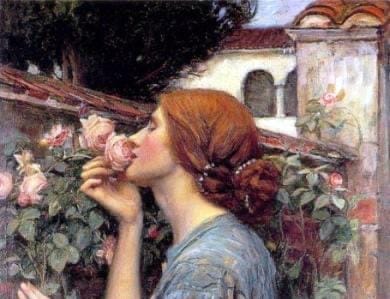
Personally, I would find art exhibitions that do this pretentious. Theaters and cinemas have tried it, peaking in the late 1950's with Smell-O-Vision and, more recently, with John Waters' Odorama, Regal Cinemas' 4DX and various efforts by the Walt Disney Company. They're just a gimmick; not a game-changer. Why not be true to the art form and have the smell of oil paints with a whiff of turpentine, as if we were in the artist's studio?
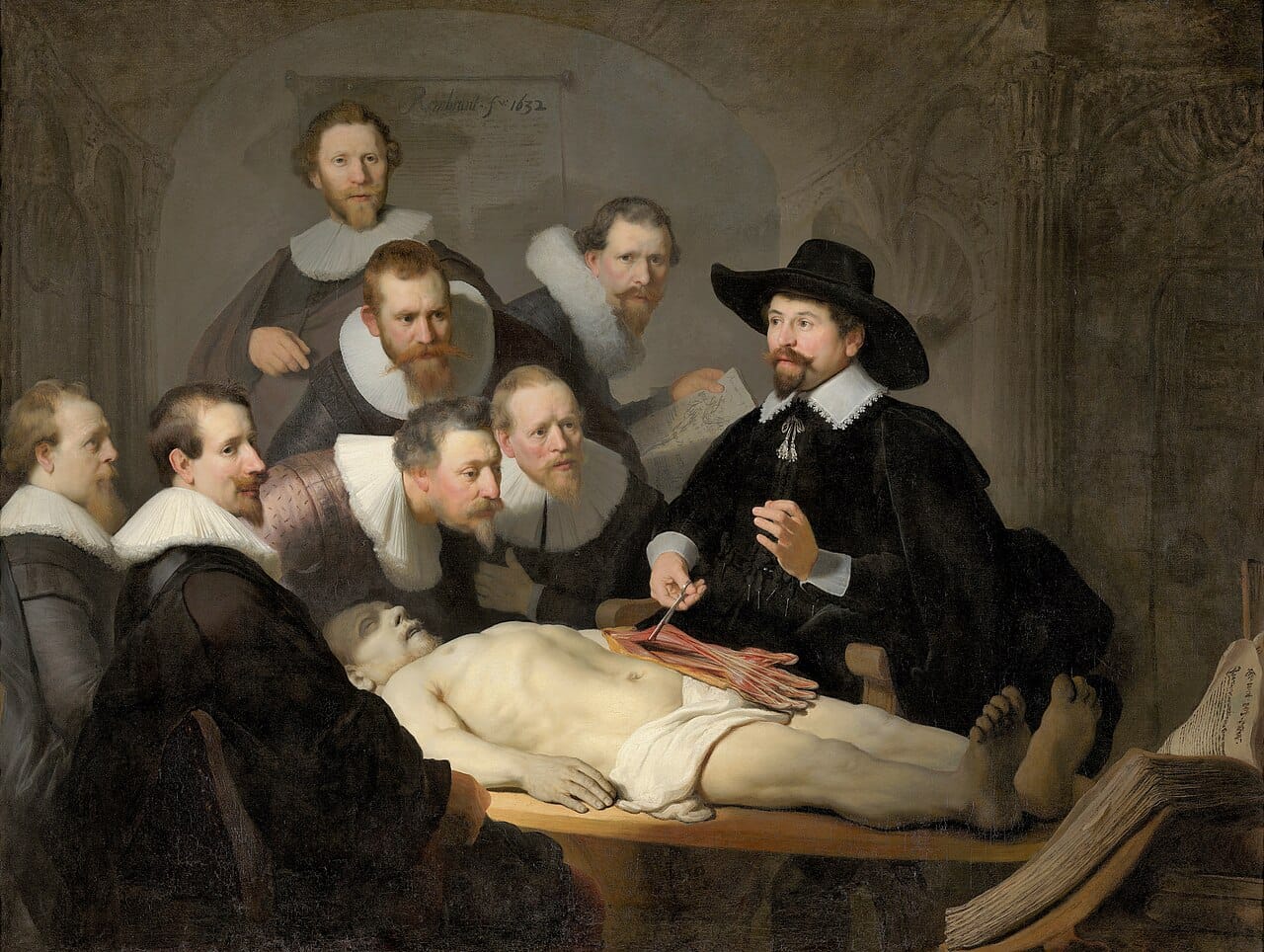
Conversely, what if the paintings - like the one above - show urban decay or dead bodies or rustic scenes of the countryside where cattle are doing what they do and smelly industrial practices are creeping in, like linen bleaching? Only an adventurous gallery would ever try introducing those smells. Yet, cities once stank far worse than our smog-ridden cities of today - sewage in the streets and rivers, stagnant canals, rotting food and body odors - and, if the paintings of the past are unable to deliver those smells, then we are the worse for it. I think the same can be said of sound and touch. None of them really work in art galleries.
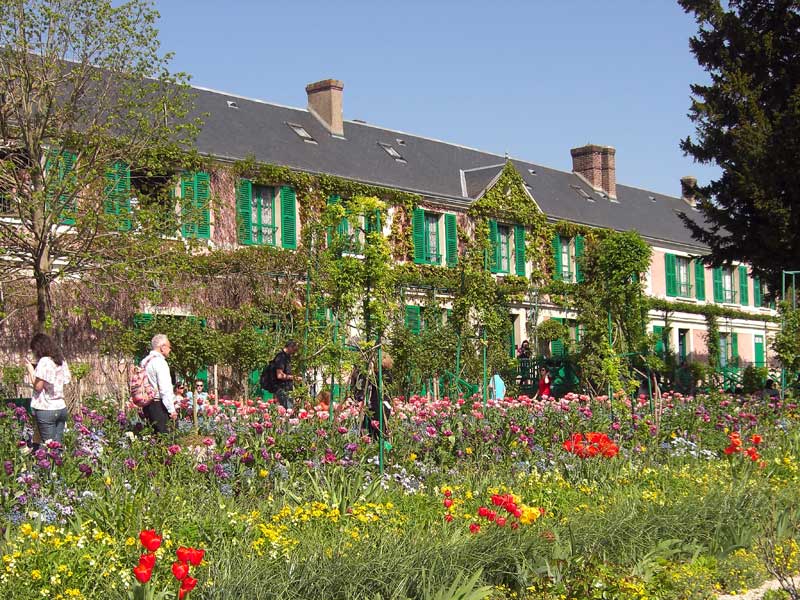
What does work for me, though, is places like Giverny, above, where we can explore the context of Monet's paintings through all the senses - his home, garden and pond - or the chance to walk around Arles or Auvers-sur-Oise (van Gogh), or Delft (Vermeer), or Milan's Navigli Canals (Leonardo), or Dalí's Port Lligat, among others.
A few examples of scent from this website:
Doctors during the Renaissance would examine a patient's urine - the color, smell and even the taste - to identify particular illnesses like diabetes - here.
When having to deal with the Plague, doctors wore the grotesque masks associated with the Venice Carnival to avoid having to smell dead bodies - here.
In Santiago de Compostela, there is the world's largest botafumeiro, a huge incense burner that swings above the heads of pilgrims - here. Why?
Did Circe use smell to seduce her lovers? Here.
The English Rose - here.
I also rather like this quiet work by Antwerp-based Flemish painter David Ryckaert III:
